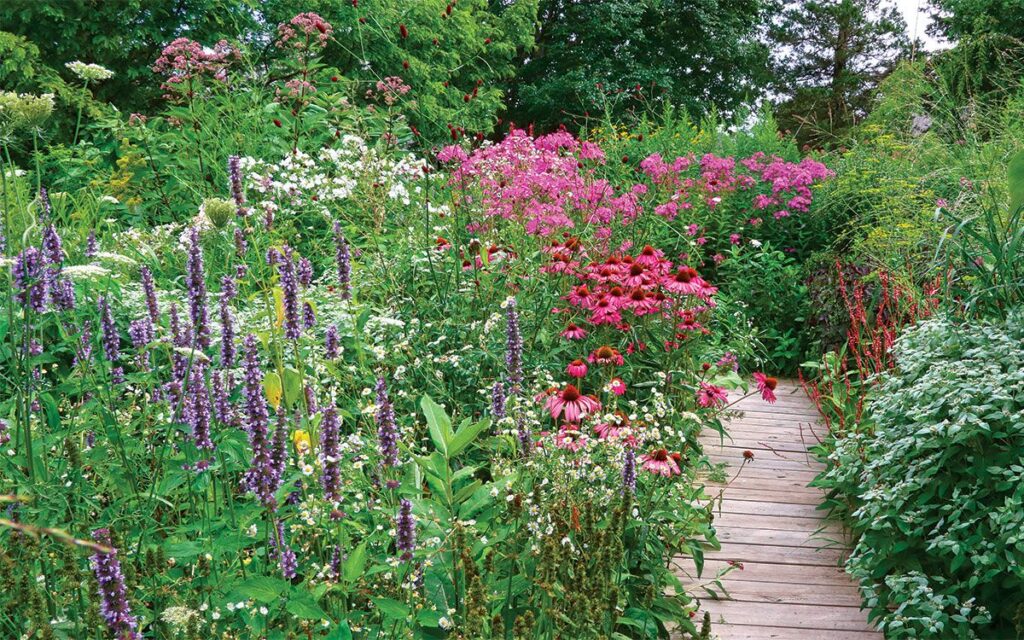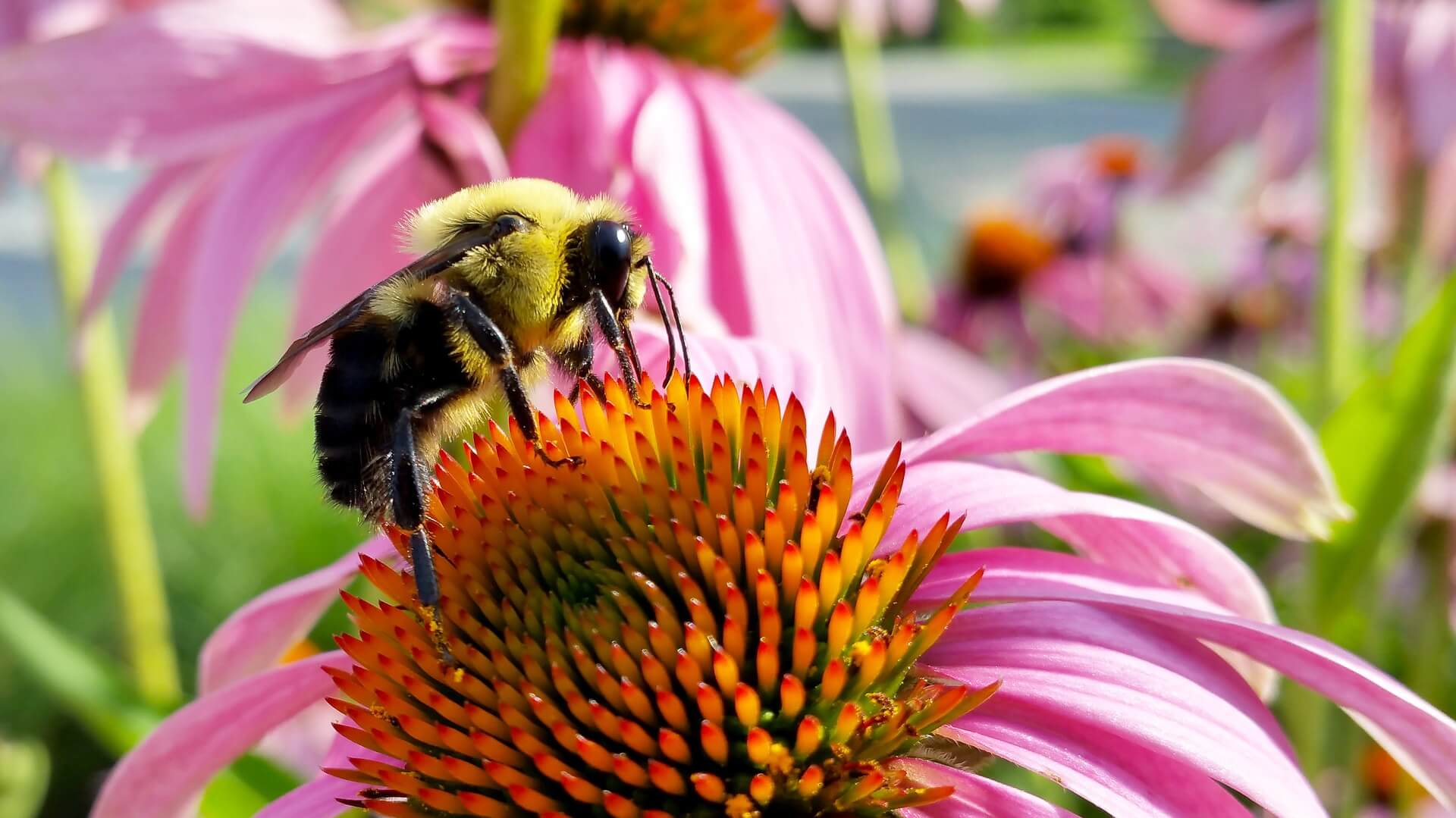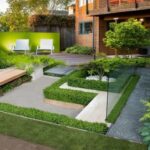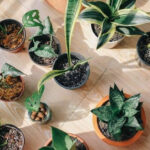The Blooming Haven: How to Design a Pollinator Garden for a Flourishing Ecosystem

30 August 2023
Creating a blooming haven for pollinators is not just about aesthetics; it’s about fostering a flourishing ecosystem where both plants and animals thrive. Here’s a detailed guide on designing a pollinator garden that transforms your outdoor space into a haven for biodiversity:
1. Plan Your Garden Layout: Assess your garden space and plan the layout carefully. Consider the amount of sunlight, drainage, and wind patterns. Group plants with similar water and sunlight needs together. Create clusters of flowers to attract more pollinators and make their foraging journey efficient.
2. Select a Variety of Plants: Opt for a diverse selection of plants with different colors, shapes, and blooming periods. This diversity will attract a wide range of pollinators. Include flowers like bee balm, lavender, coneflowers, and sunflowers. Herbs like basil, thyme, and oregano are not only aromatic but also attract pollinators.
3. Embrace Continuous Bloom: Aim for a garden that blooms throughout the growing season. Plan your garden so that there are flowers from early spring to late fall. This continuous supply of nectar ensures that pollinators have a stable food source.
4. Provide Water Features: Pollinators need water not just for drinking but also for other activities like bathing and reproducing. Create a shallow water feature in your garden, such as a bird bath or a small pond. Add rocks or pebbles in the water feature to provide landing spots for butterflies and bees.
5. Practice Sustainable Gardening: Avoid chemical pesticides and fertilizers in your garden. Instead, focus on natural and organic methods. Companion planting, where certain plants deter pests naturally, is a great way to reduce the need for chemical interventions.
6. Encourage Nesting Sites: Many pollinators, including solitary bees, need safe places to lay their eggs. Incorporate features like bee hotels, which consist of drilled holes in wood or bundles of hollow stems. These structures offer nesting opportunities for bees and other insects.
7. Learn and Observe: Stay curious about the pollinators visiting your garden. Keep a journal to note the types of pollinators you see and their behavior. This observation can help you fine-tune your garden to better cater to their needs.
By creating a pollinator garden, you contribute to the conservation of these essential creatures while enjoying the beauty of a vibrant and thriving garden. It’s a rewarding experience that not only enhances your immediate surroundings but also plays a part in preserving the delicate balance of nature.


